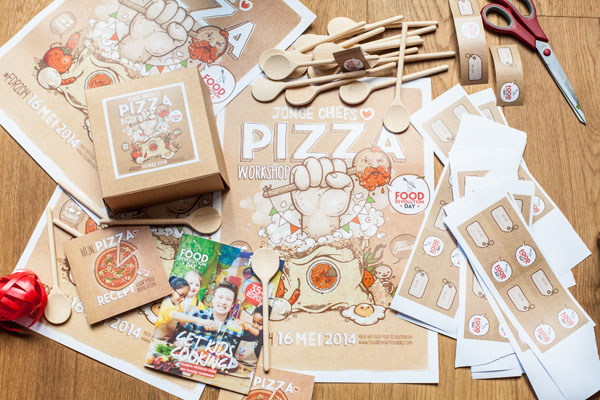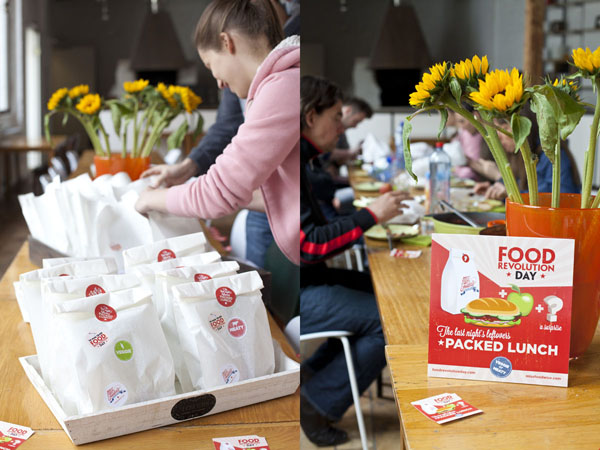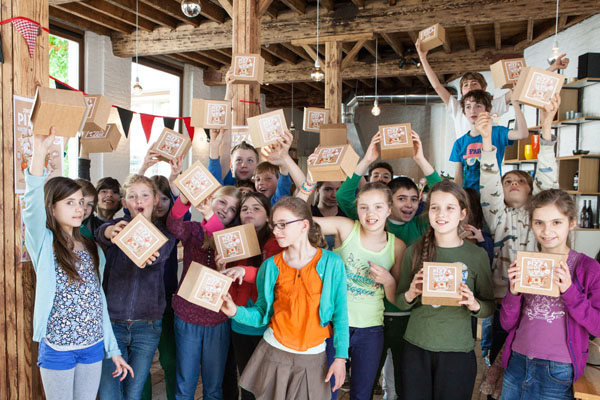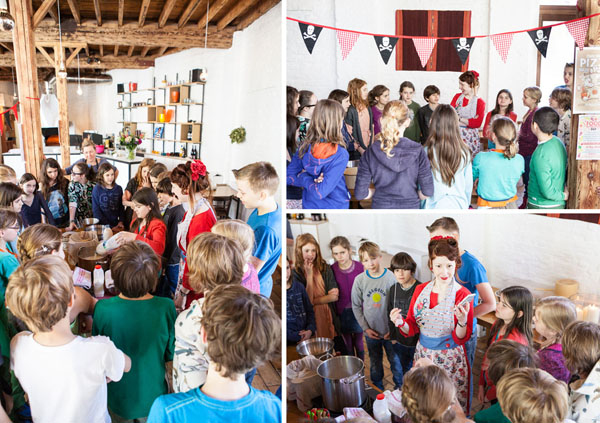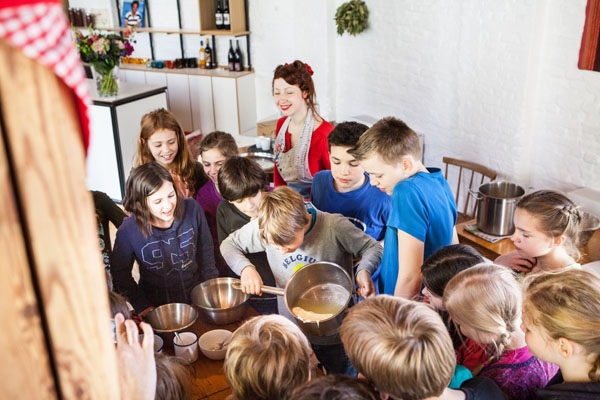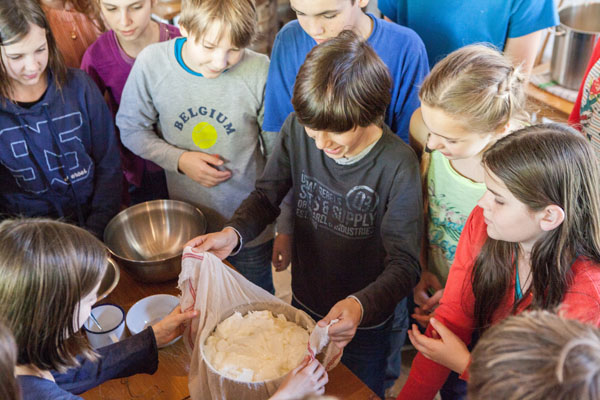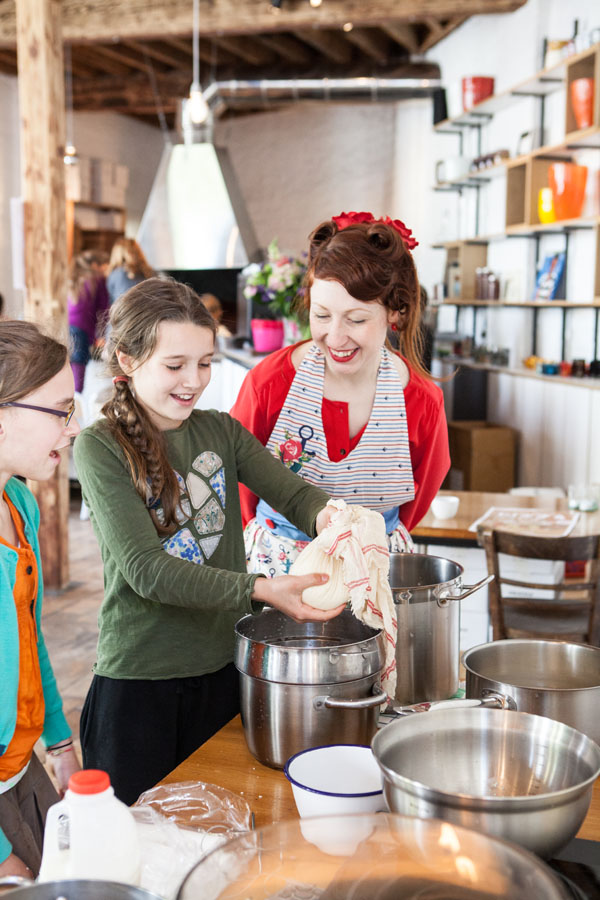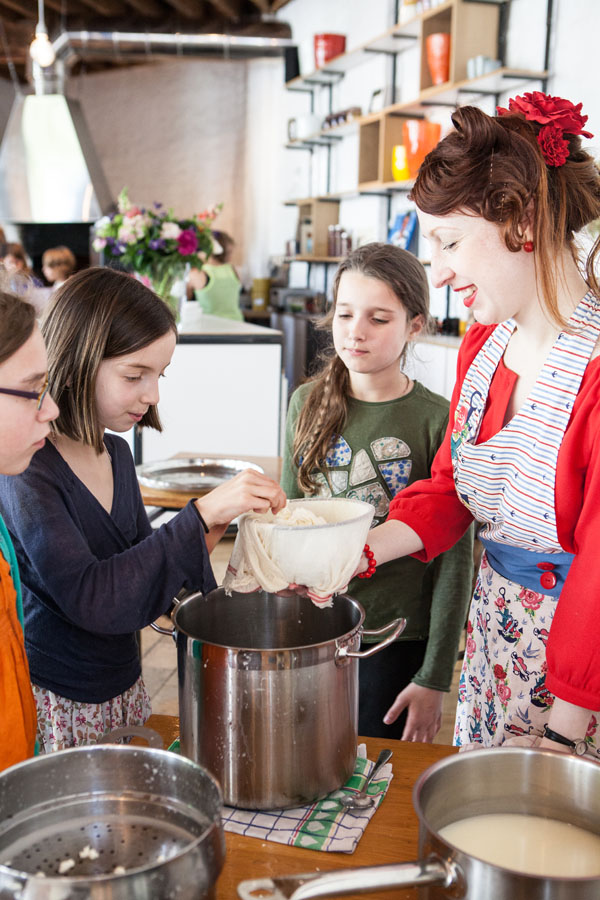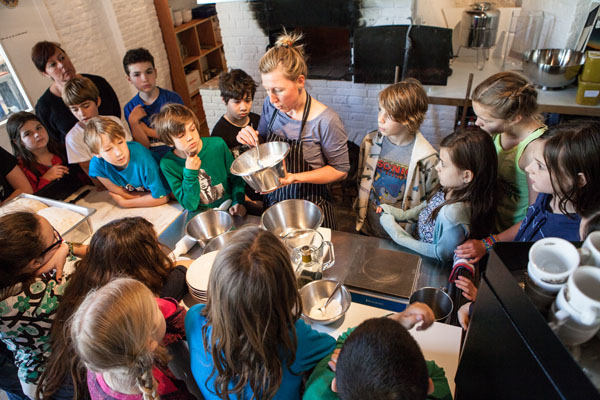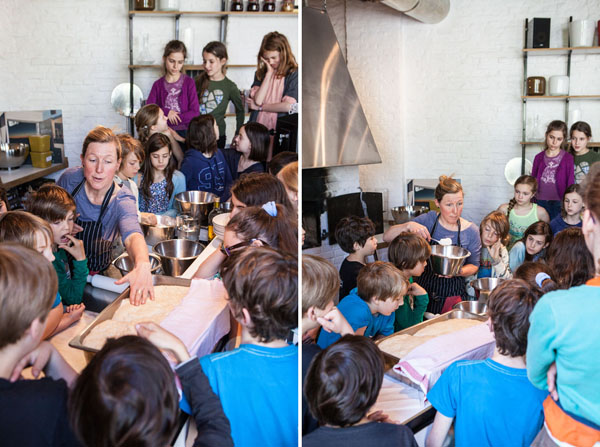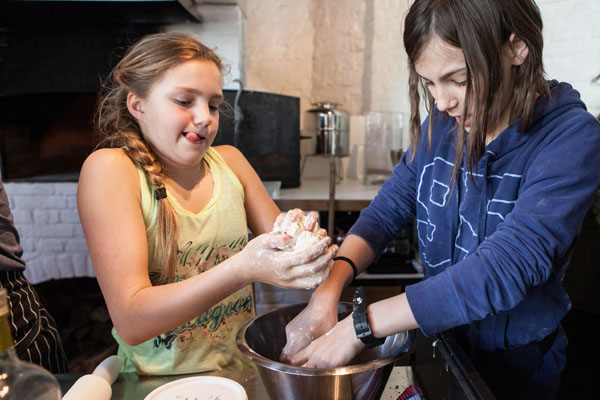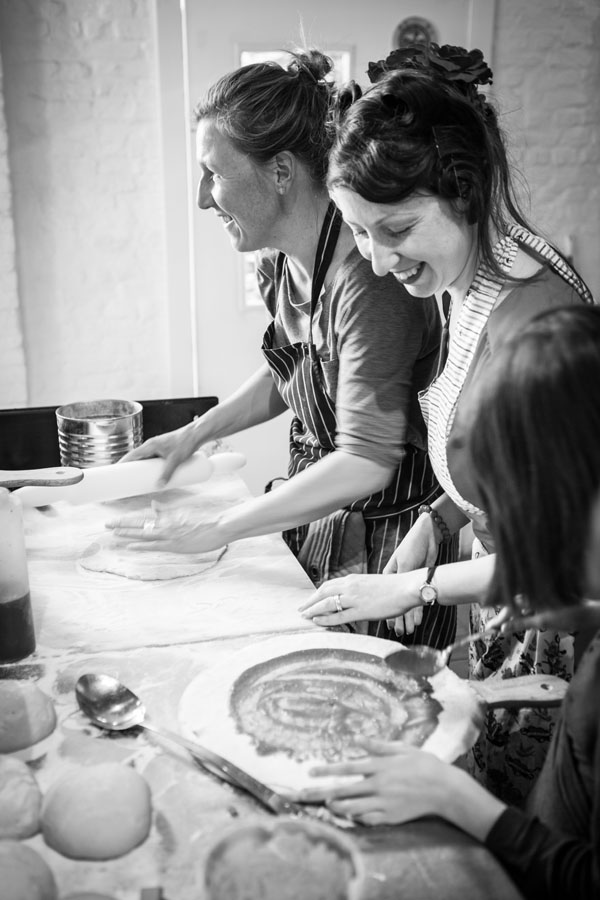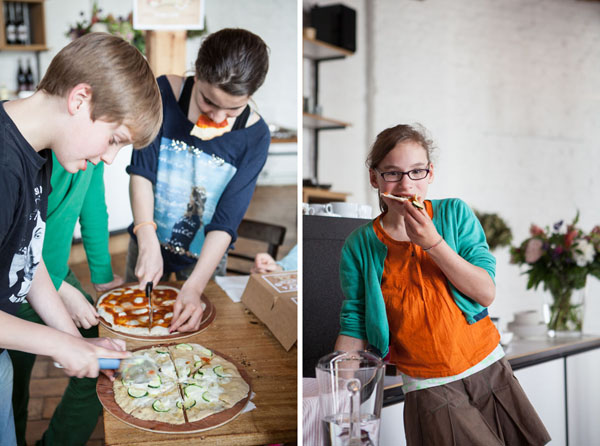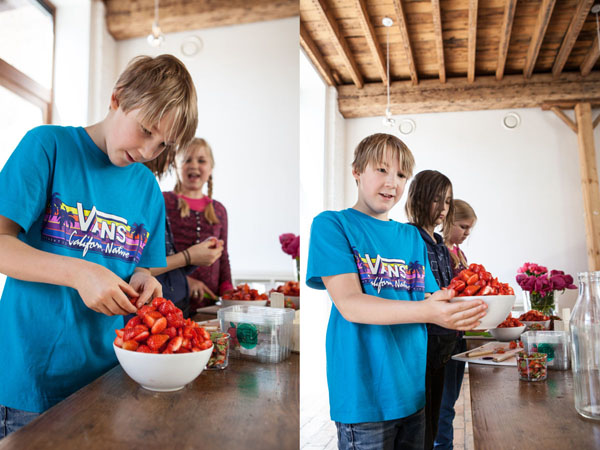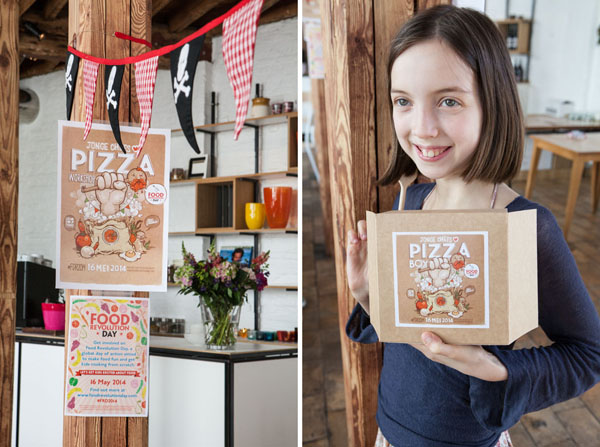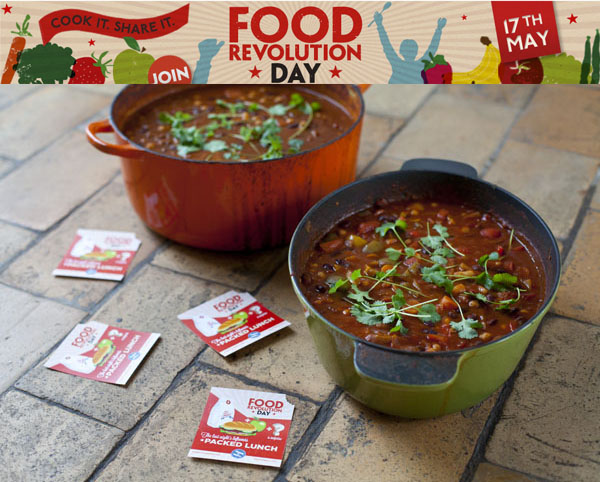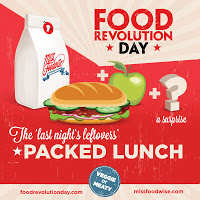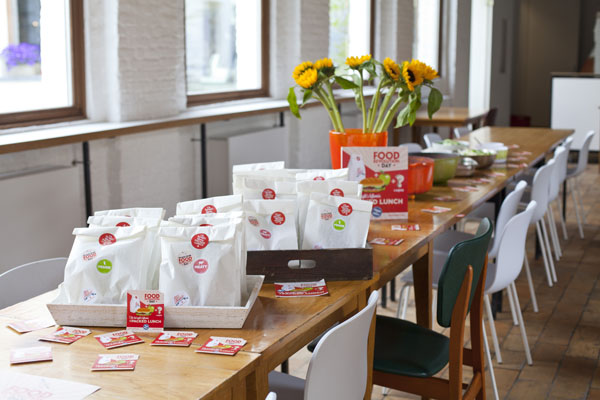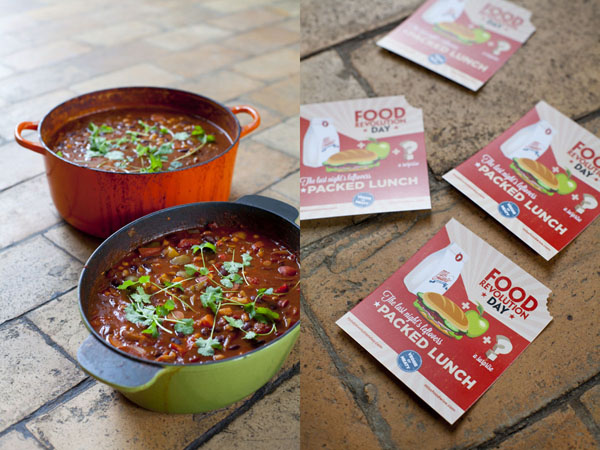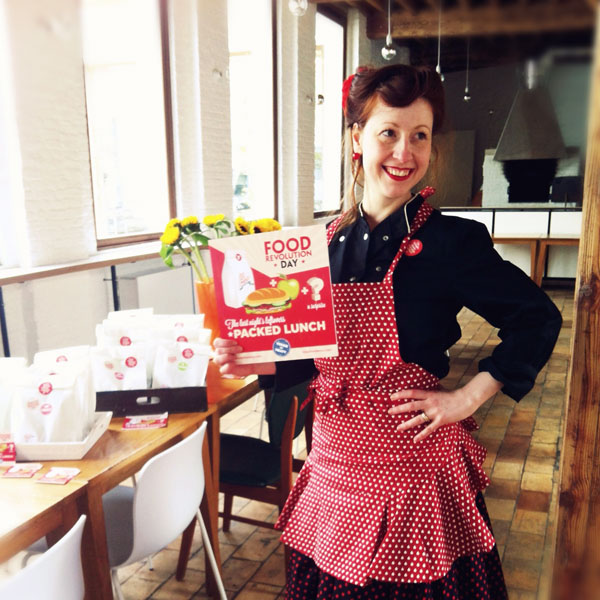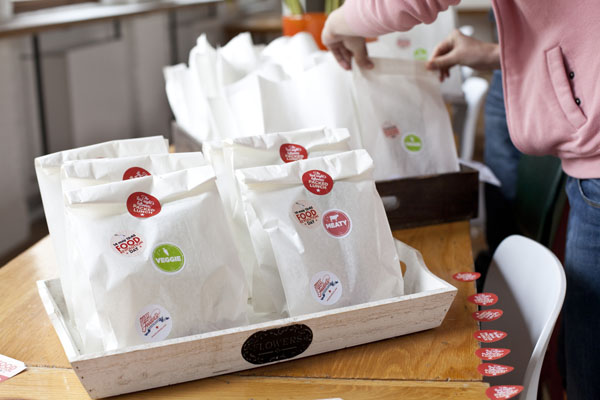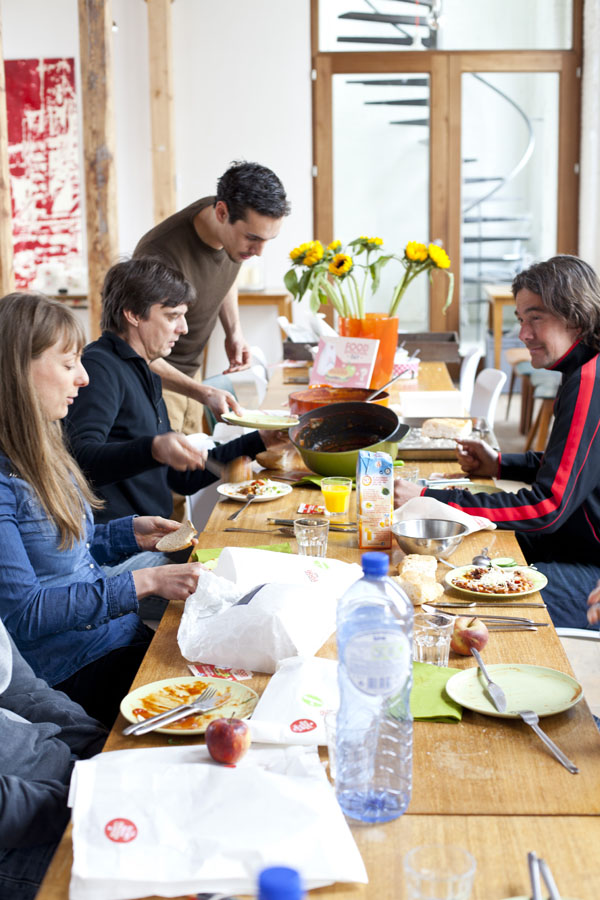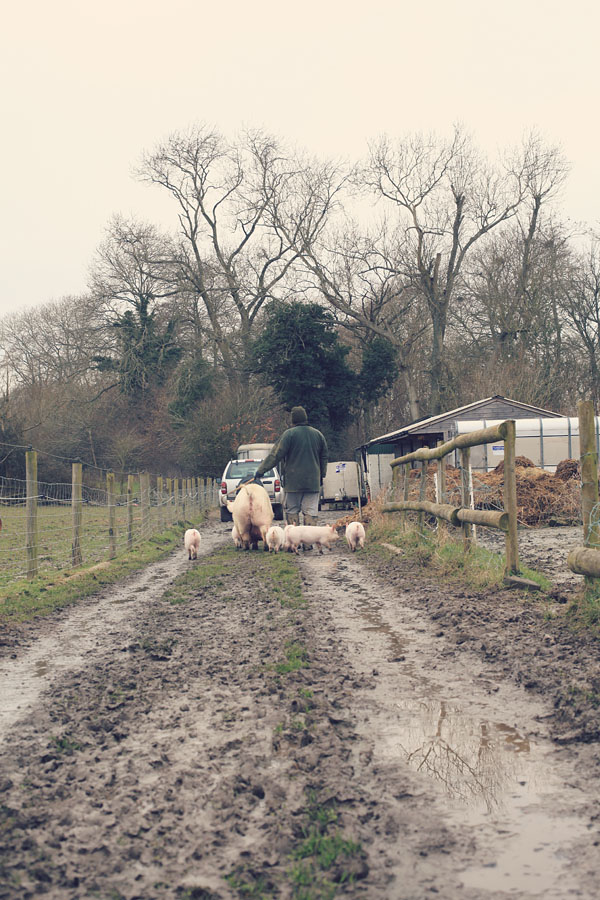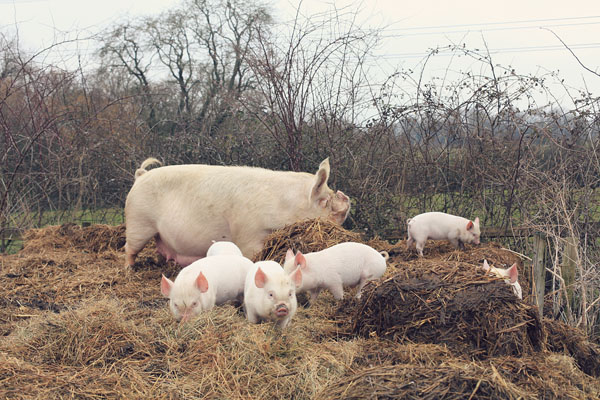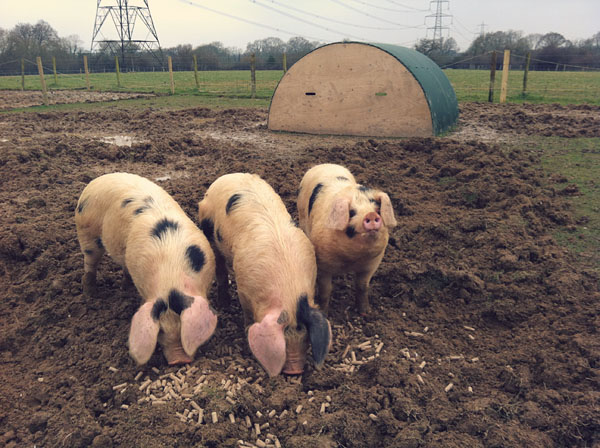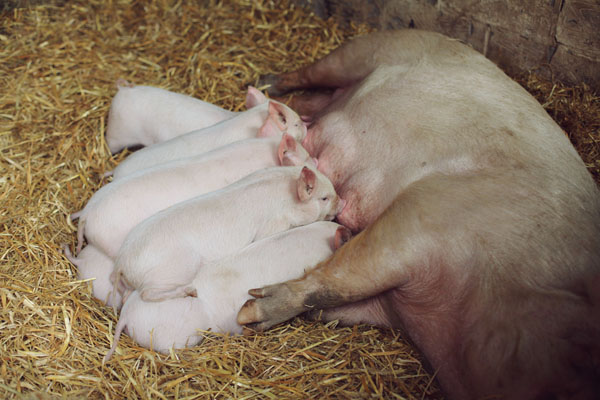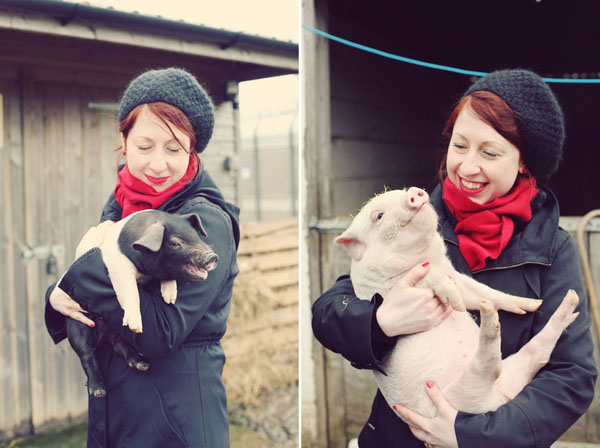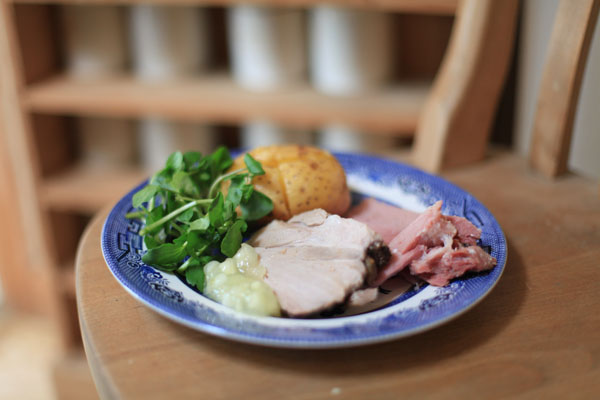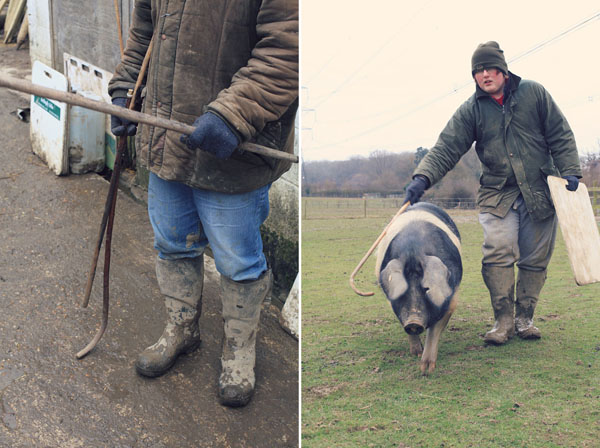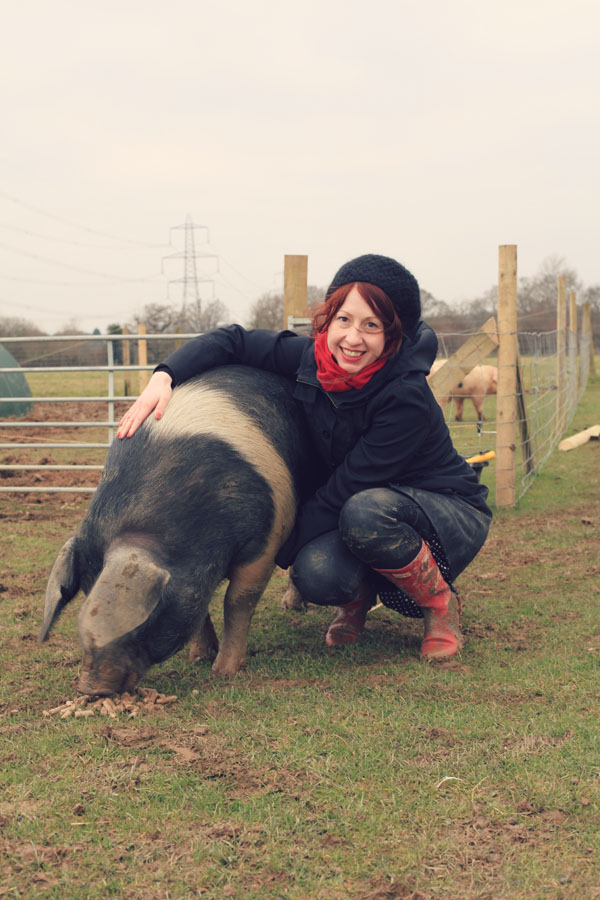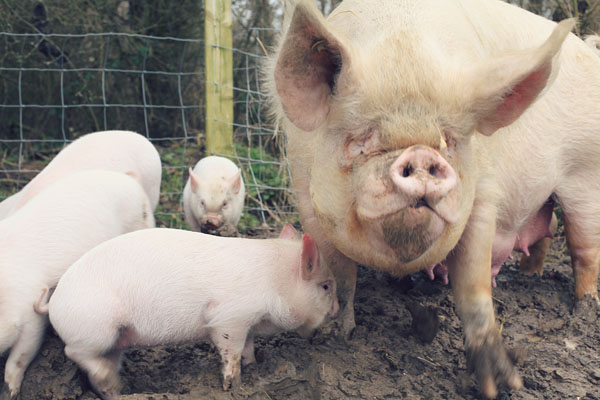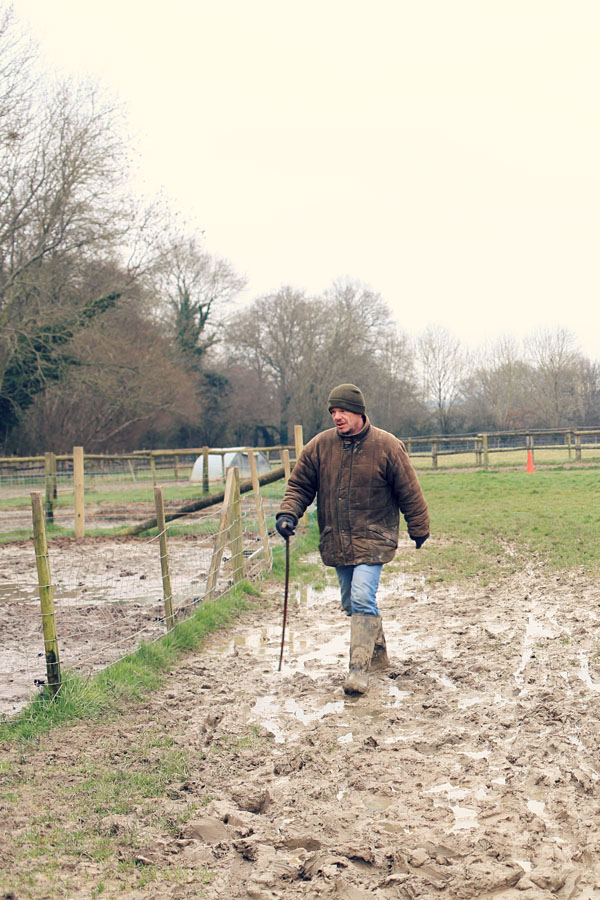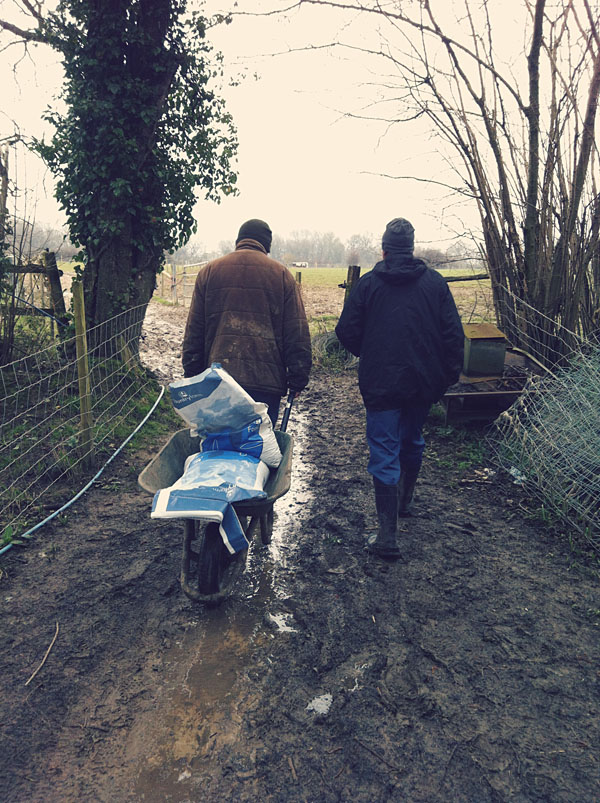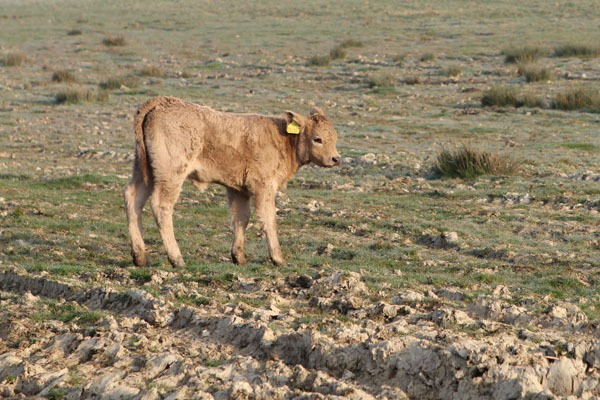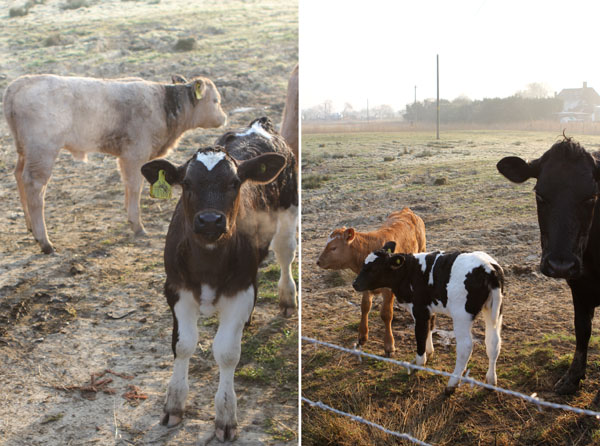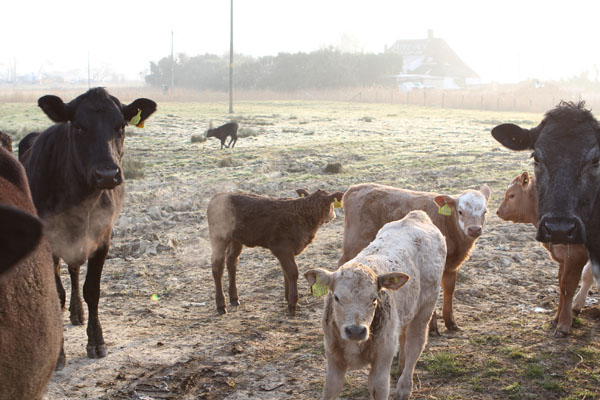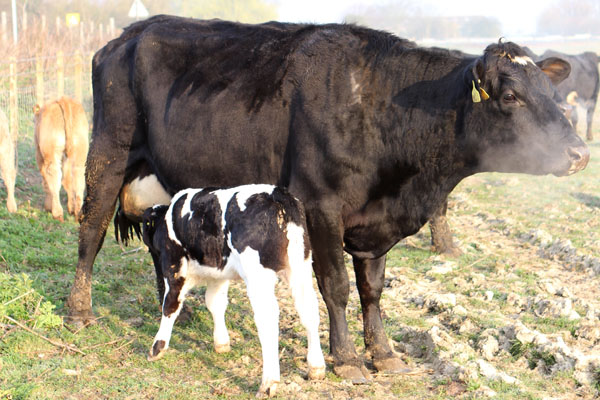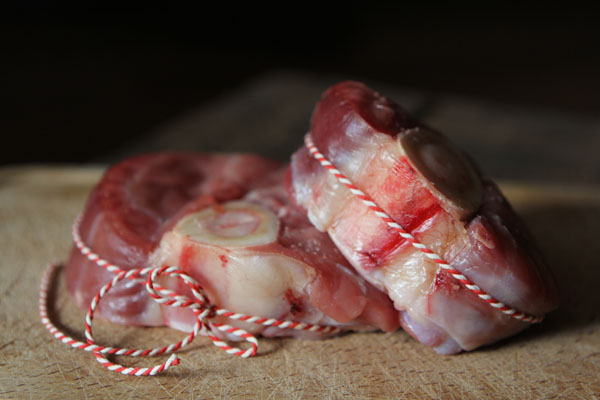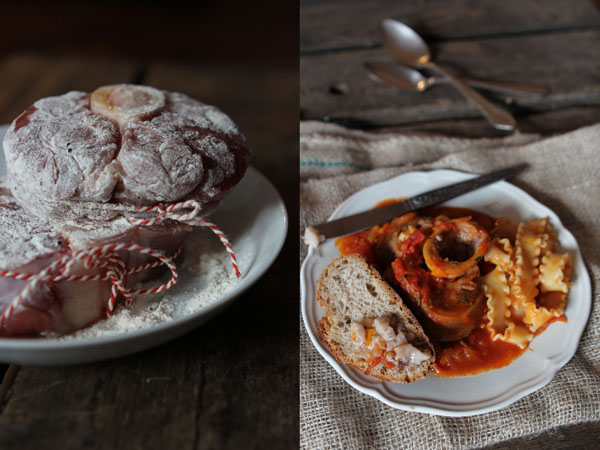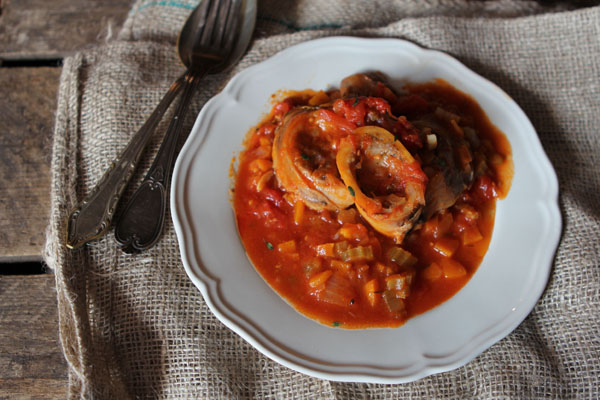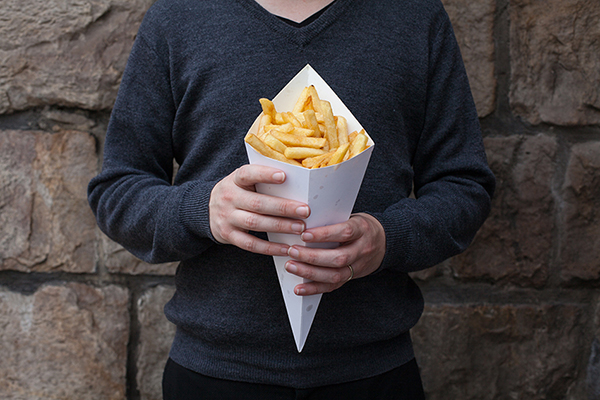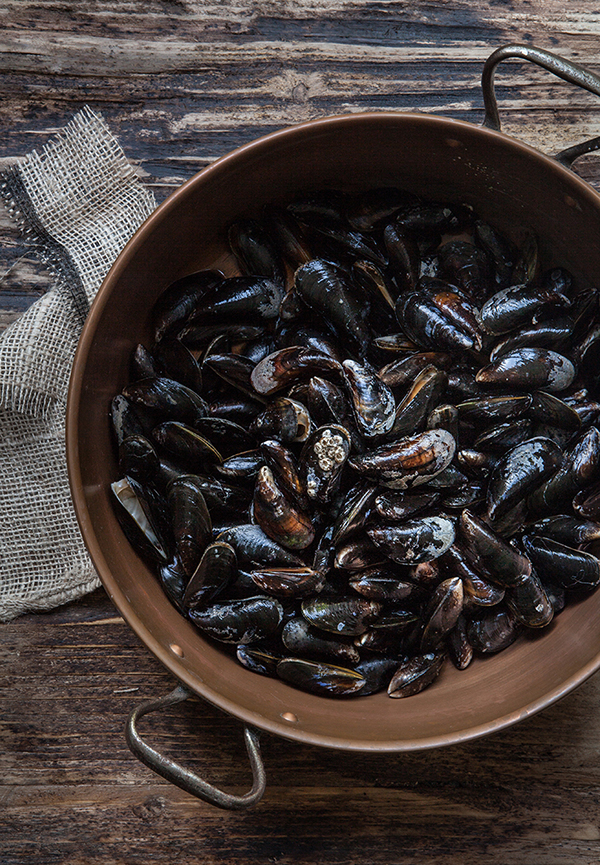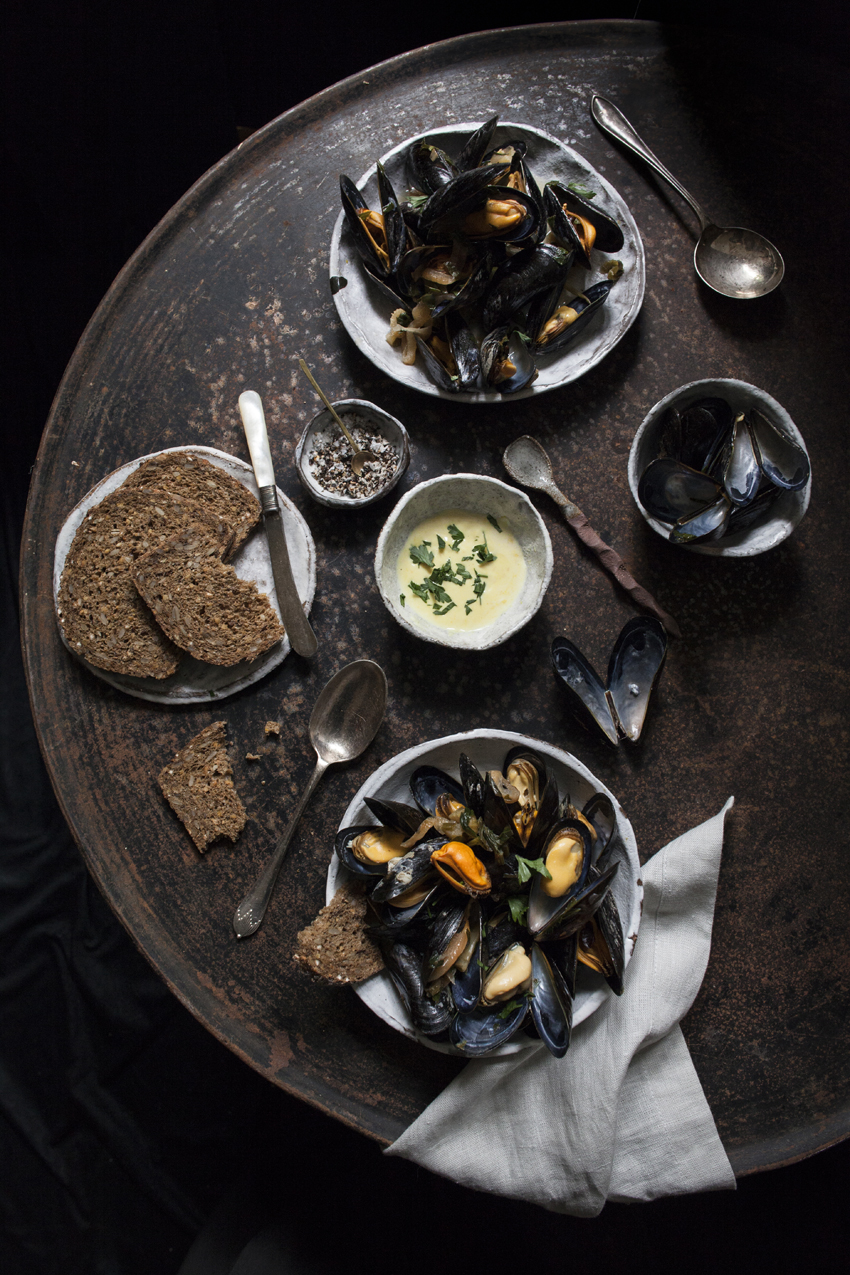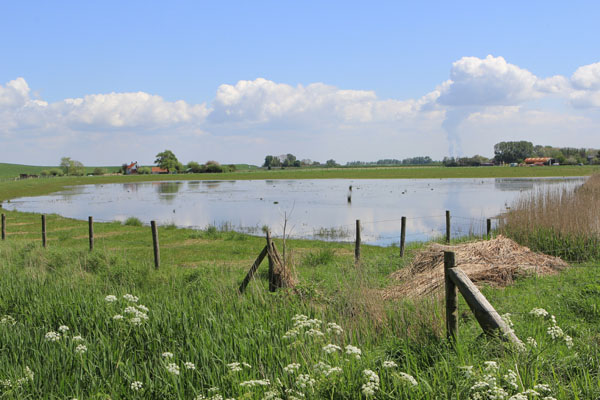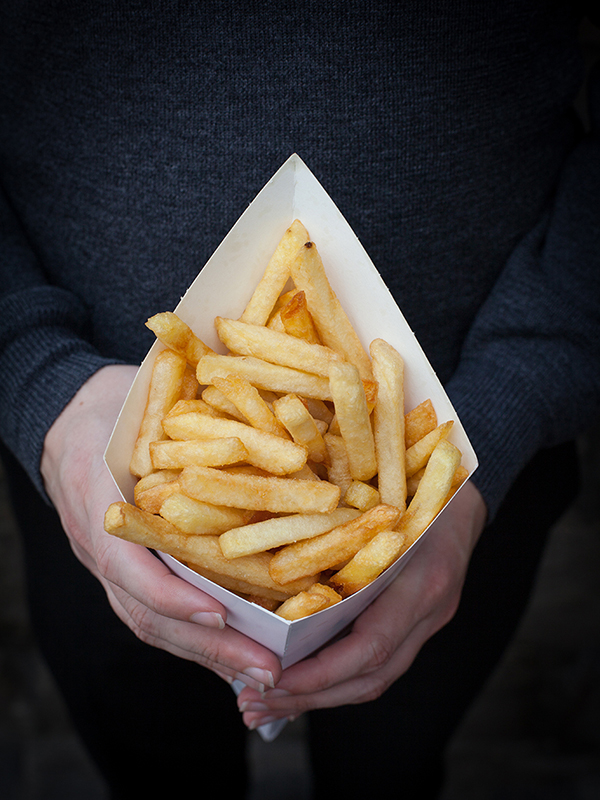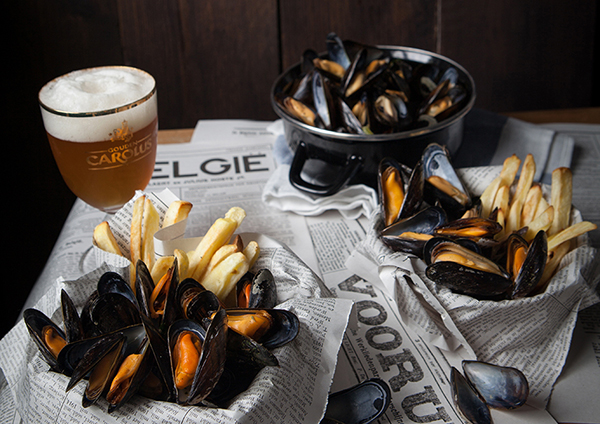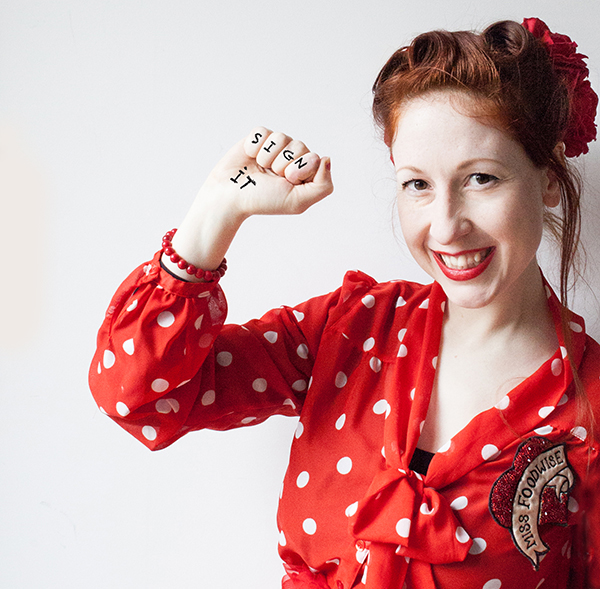 |
| Sign the petition www.change.org/jamieoliver |
Today is Food Revolution Day, the day on which we come together from all over the world to pull on the same end of the rope. A better future for our children is what is aimed at here, and better food education will bring that.
At a time when 42 million children under the age of five alone are overweight, we need to take action against this enormous epidemic.
In the olden days when the girls were supposed to marry to spend their lives cooking and cleaning for their husbands, girls were taught their skills in school and from their mothers. Today luckily us ladies aren’t chained to the stove and washing basket anymore, but with our emancipation, slowly domestic housekeeping lessons disappeared from the schools.
So many people don’t know how to cook from scratch because they weren’t taught the basic skills to make a meal. It is of vital importance that cooking skills, and even growing food is put back on the schools learning plans. With a growing world population, we need to reduce food waste, and to do this, we need to cook more and learn how to deal with leftovers. It might seem so straight forward to you, whipping up an easy dinner after work, but for so many people out there it is a daily struggle. Those trying to survive on a tight budget have it even worse when they don’t know how to cook.
I can always make a meal, it might be a strange dish sometimes, but it is always tasty. You tend to take that skill for granted. I know I did, it is only when you talk to someone who really can’t cook that you understand that cooking is often a talent you’re born with but others need to learn it. I learned from Jamie’s Naked Chef Series because my mum wasn’t really the type to teach you how to cook, she had a tendency to overcook things, or downright burn them to their second death.
My husband can’t cook either. When we were ‘courting’ he made me a pasta dish with grated carrots which he had heated up in yoghurt. Not the luscious thick strained Greek style yoghurt, natural sour pungent yoghurt. It was one of the most vile things I’ve ever had to swallow. He thought so too and luckily I didn’t have to finish the plate to be polite but how the hell could he have cooked that? Well, he followed a recipe. He doesn’t use it intuitive nature because he doesn’t know what he is doing. If he would have cooked from his heart, he would have made an entirely different dish. Like his eggs, he can cook a mean egg.
But it isn’t simple, not for everyone.
So teaching children to cook, teaching them about how food production – farming – works and maybe even re-introducing school gardens, might just save out future generations.
The fact that so many children don’t know their onions from their tomatoes is downright shameful and unnatural. We are not surprised that children don’t want to eat the pink slime they call meat in processed food when they see it in their raw state, but as soon as it is turned into chicken dips by Jamie in his School dinners show, the kids all go crazy for it, even knowing that minutes before it was just pink slime…
Education, education, education. It is the answer to everything.
So if you have a minute sign the petition to put food education back ‘on the menu’ in schools, and do it here www.change.org/jamieoliver
“By educating children about food in a practical, fun and engaging way, we can provide them with the knowledge and skills they so urgently need to lead healthier, happier lives. We need to make practical food education a compulsory part of every school curriculum across the world, and that’s why I’ve launched a petition calling on all G20 countries to action this. With enough support from millions of people around the world, I truly believe that we can create a movement that’s powerful enough to make governments take action.” Jamie Oliver
Sadly I didn’t host my Food Revolution Event this year, life just was a little too hectic at the moment and I am seriously gutted about it but I can’t make myself ill while trying. I’m in the final stages of photographing my book and testing recipes again, and I’m a one lady team here so I’m up to my ears in work. It’s great, I’m super happy, but to organise an event this year, I couldn’t do it alone, I would have needed a couple of people to help while I remain indoors like a hermit only going out when I need eggs and cream. 🙂
Next year will be double cool I promise, and if you like to volunteer to give a hand, always welcome, just drop me a line or a tweet or shout at me in the street! 🙂
Take care for now, and think about your food consumption today, learn someone something about food, think of where your meat comes from, your fish, your poultry, your eggs, … Think about it, share your thoughts, get conversations going.
x
Regula
Enjoy some pictures of my past Food Revolution Events!
“The future for me starts with food education”
Jamie Oliver
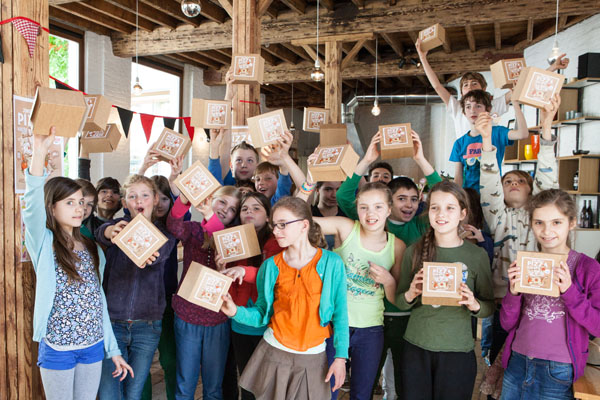 |
| Making pizza in a woodfired oven |
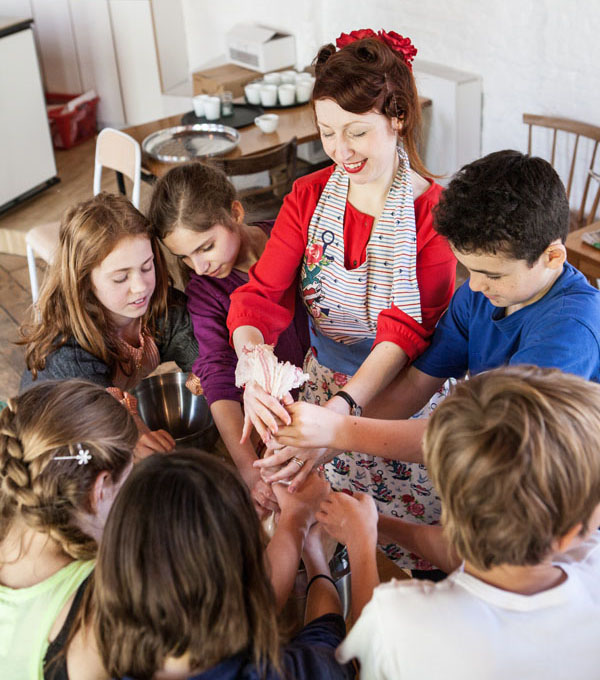 |
| Squeezing the whey out of the cheese |
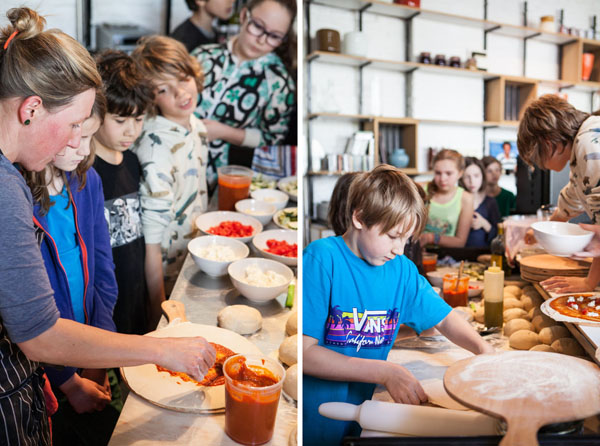 |
| creative with toppings |
You might also enjoy:
Mussels and fries for Food Revolution Day >

